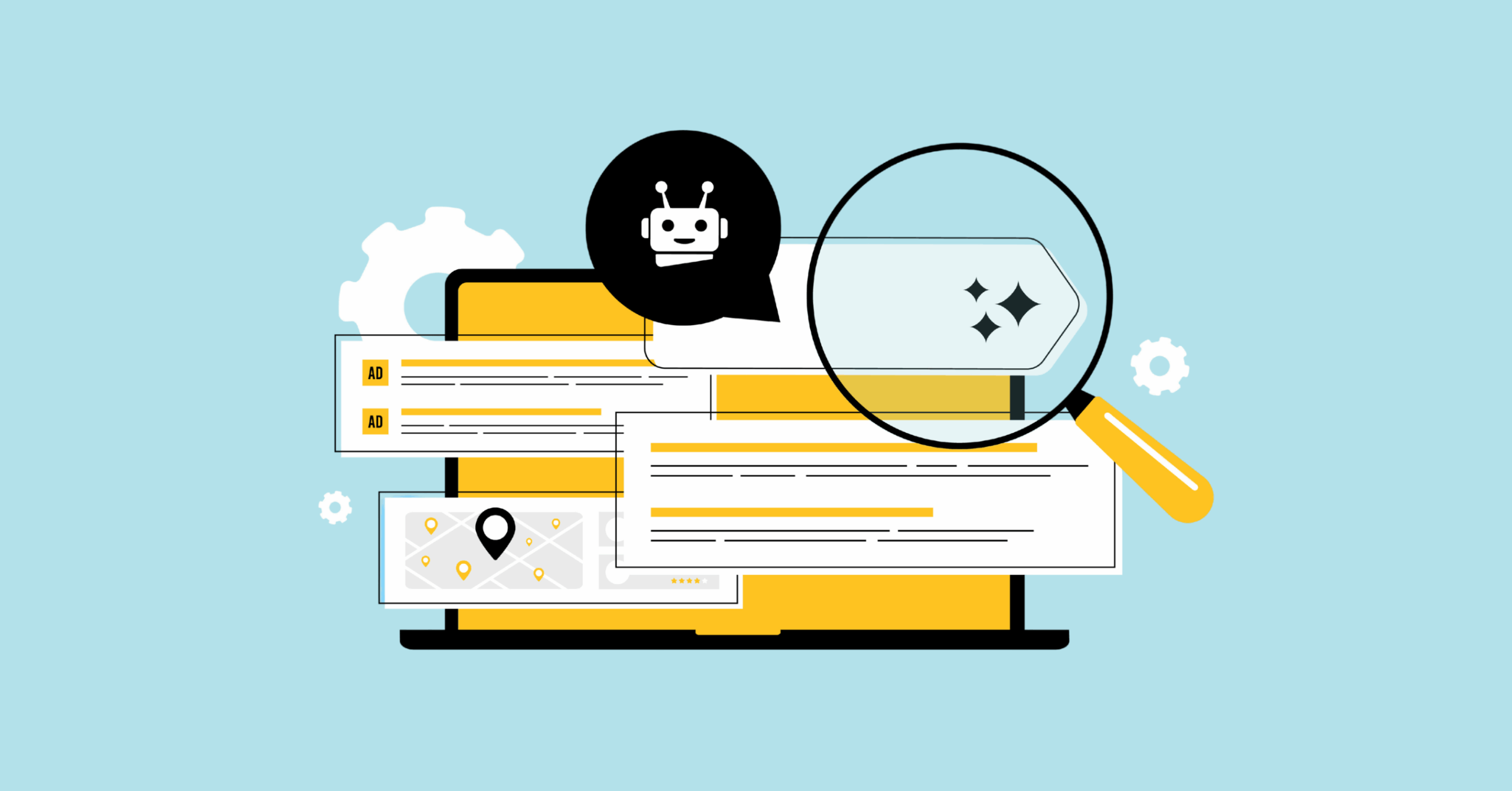For designers, this is more important than a fat paycheck
The #1 criteria for product designers is actually a strong design culture. That’s right. It’s not a higher salary or oodles of vacation time. Rather, employees want to feel like they’re a part of something bigger than their 9 to 5. They want exciting, meaningful work, and the freedom and agency to solve it in their own way. I mean, at the end of the day, don’t we all?
“You can’t be a successful unicorn hunter if you’re going to bring people into a horrible culture. You have to create an environment that creatives want to be a part of.”
Rachel Kobetz, SVP Head of Experience Design at Bank of America
Cultivating a strong design culture
So how do you know if you have one? Or if you don’t, how do you create one? The answer isn’t hard to grasp, but actually putting it into practice requires a steady flow of intention, because the unfortunate truth is: Most companies unwittingly stifle creativity by prioritizing process and politics over people and passions.
Let’s start with what it is. IDEO describes culture as “an environment that makes it possible for people to work together to come up with innovative products and ideas.” In other words, it’s a human-centered approach that sparks collaboration and invites innovation, or, you know, the creative vibe.
So a strong design culture must understand and respect the needs of the people who work there — beyond what they contribute to the company’s bottom line.
Good UX is good culture
Most of us are familiar with how good UX can bring satisfaction, and maybe even delight us along the way. Or a bad one (hello Ikea store layouts?) can conjure up dread and dismay.
So even though companies focus on building products and creating design that provide an intuitive and friendly UX, many fail to apply that same methodology to their own organization.
How does the employee as the user navigate through the experience of working at your company? These considerations should encompass:
- The physical environment. Is the lighting and furniture thoughtfully considered? Is the path between desks or to the coffee machine intuitive and pleasant? Can designers choose the sound level they’re subjected to? Because how the office is designed can directly influence:
- Personal interactions. Are there dedicated spaces for collaboration or serendipitous conversations? Can employees escape to a quiet room to work if they need to?
- The company’s values. For this, I defer to the top five behaviors IDEO values in design-driven organizations:
-
- Curiosity. Individuals at a human-centered company can ask lots of questions, and should. So it’s important to have a system in place that captures and analyzes those questions, so they, in turn, can inform the design process.
- Frequent experimentation. IDEO discovered that “teams that explore and iterate five or more solutions at once produce 50 percent more successful launches.” So it’s critical to let designers test several ideas at the same time.
- Cross-team collaboration. Creating teams across disciplines can help employees address the same problem from different, and unexpected angles.
- Build storytelling into the practice. Ideas can get lost in the back and forth shuffle between teams. But when a project or design lead can take ownership of an idea and develop its narrative to generate momentum and excitement, more ideas make it to launch.
- More is more. Generating a multitude of ideas is a daily habit at the organization. This lets teams iterate prototypes and respond to feedback quickly, so more products can enter the market stream and have a chance to succeed.
Amplify your organization’s culture
We all know what happens when there’s all work and no play. For designers, designing is play, but what they do for work isn’t often the only thing that defines them. To this end, companies might consider launching “culture amplification projects” to showcase the unique talents of their employees. Whether it’s a storytelling night, a niche podcast, a company zine, or a special event that lets employees feel seen, heard, and validated.
These can also help employees to know each other better, or identify other talents that may inform their work.
Connect with the design world
Creatives (just like non-creatives) need community for inspiration, validation, and emotional support.
At work, this can come in the form of Slack or informal meetups. Offline, leadership communities like Design Leadership Forum (DLF), Within (for women in design), and Design Leadership Camp can help designers tap into the wider community and advance their design practice.
Start with the right people
Of course, a good design culture in its essence comes down to the people involved. Getting the right people means hiring already motivated people who resonate with the company’s values and are invested in the company’s success.
“Great companies don’t hire skilled people and motivate them. They hire already motivated people and inspire them.”
Simon Sinek, Author of Start With Why
Looking to find the right people for your teams? Well, we might have a name or hundred. Give us a call or shoot us an email. We’ve already started the search for you.
About the author.
Héloïse Chung is writing the great American science fiction blockbuster in the moments between her day job as a copywriter and creative director. Non-screen activities include rock-climbing and making ceramics.
website: heloisechung.com
twitter: @hzla_de_encanta
instagram: @heloise_chung




